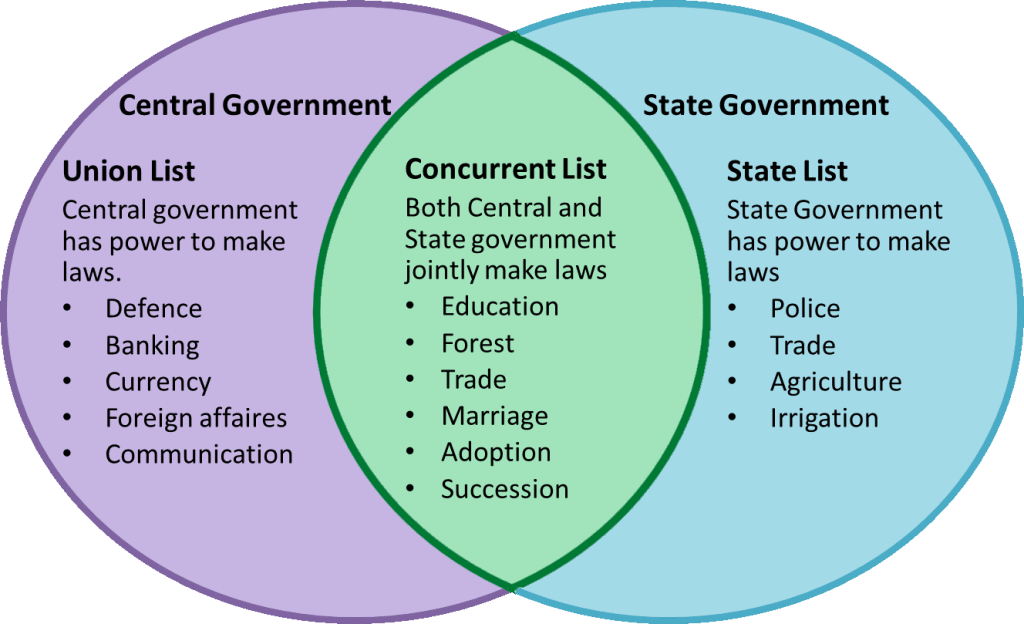Background
The Covid Pandemic exposed some of the short comings and lacunae some of the Acts and Bills that have been enacted in India to regulate the healthcare and lifesciences industry. You may be surprised that some of these regulations pre-date the pre-independence British Era Regulations in this country. While healthcare and lifesciences products, services and professionals have progressed significantly over the last 75 years since Independence their regulations from the British Era hampered the progress. Six bills are being introduced are expected to be passed in this ongoing session of Parliament which commenced on July 20, 2023 and will be in session till August 11, 2023. These include:
- Drugs, Medical Devices and Cosmetics Bill, 2023;
- National Dental Commission Bill, 2023;
- National Nursing and Midwifery Commission Bill, 2023;
- Biological Diversity (Amendment) Bill, 2022;
- Forest (Conservation) Amendment Bill, 2023; and
- DNA Technology Bill (Use and Application) Bill, 2023
Let’s understand some of the Bills are being introduced directly by the Ministry of Health and Family Welfare while others are being introduced by other Ministries but have an impact on healthcare and lifesciences industry indirectly. Let’s quickly understand what these Bills are going to be enacted for.
The Drugs, Medical Devices and Cosmetics Bill 2023
This Bill seeks to regulate the import, manufacture, distribution and sale of drugs, medical devices and cosmetics. The focus of this bill is to ensure the medicine and medical devices quality, safety, efficacy, performance and clinical trials of new drugs and medical device. Beside, the Bill seeks clinical performance evaluation of new in-vitro diagnostic medical devices including Ayush medicine, medical devices and cosmetics with the objective of the highest possible regulatory standards, ensure a transparent regulatory regime and to repeal the archaic Drugs and Cosmetics Act, 1940. We do remember what was going on during the pandemic to fast track the approval of Pfizer and other companies vaccines in India without any clinical trials and data on Indians. Hopefully, this Bill will plug some of those loopholes that were being exploited by some of the multinational pharma companies to push their products into India during the Covid pandemic.
The National Dental Bill 2023
This Bill repeals the Dentists Act 1948. The proposes to set up a National Dental Commission (NMC) to regulate dental education and the profession in the country. It also seeks to make dental education affordable and raise its standards, and make quality oral healthcare accessible.
The National Nursing and Midwifery Commission Bill 2023
This Bill seeks to set up a National Nursing and Midwifery Commission (NNMC) and to repeal the Indian Nursing Council Act 1947. The Indian Nursing Council Act, 1947 is an act of the Indian parliament that regulates the nursing profession in India and was introduced by the Ministry of Health and Family Welfare in India.
The Drugs, Medical Devices and Cosmetics Bill 2023, The National Nursing and Midwifery Commission Bill 2023 and The National Dental Bill 2023 was introduced by the current minister of Health and Family Welfare, Mansukh Mandaviya.
The National Research Foundation Bill 2023
This Bill seeks to establish a National Research Foundation and repeal the SERB which is the Science and Engineering Research Board Act, 2008. The Science and Engineering Research Board Act, 2008 is an act of the Indian parliament that provides for the constitution of a Science and Engineering Research Board to support basic research in science and engineering.
The Science and Engineering Research Board Act, 2008 falls under the Ministry of Science and Technology in India.
The Biological Diversity (Amendment) Bill 2022
This was reported by the Joint Committee was introduced on December 16, 2021. The amendment report of the joint committee was presented to both the houses of Parliament which has proposed for consideration and passing. This Bill proposes to protect some of the plant species that would enable protection and development for Ayurveda.
The Forest (Conservation) Amendment Bill 2023
The controversial bill amends the Biological Diversity Act, 2002 to simplify compliance requirements for domestic companies. It also removes research and bio-survey activities from the purview of benefit sharing requirements. The bill also decriminalises all offences under the Act. Among several criticisms of the Bill was that it promotes ‘ease of doing business’ and would exempt users of codified traditional knowledge and Ayurveda, Yoga and Naturopathy, Unani, Siddha, and Homoeopathy (AYUSH) practitioners from sharing benefits with local communities.
Environment Minister Bhupendra Yadav will be introducing the Bill.
The DNA Technology Bill (Use and Application) Regulation
In the case this Bill which was introduced in the Parliament on July 8, 2019 is seen to have an issue. This is despite the report of the standing committee on Science and Technology, Environment, Forests and Climate Change was laid on the table of Lok Sabha on February 2021 the motion proposed was for withdrawal.
The DNA Technology Bill (Use and Application) regulation is a bill that seeks to regulate the use and application of DNA technology for establishing the identity of missing persons, victims, offenders and unknown deceased persons.
The above three bills is being tabled in the Parliament by the current Minister of Science and Technology, Dr. Jitendra Singh















